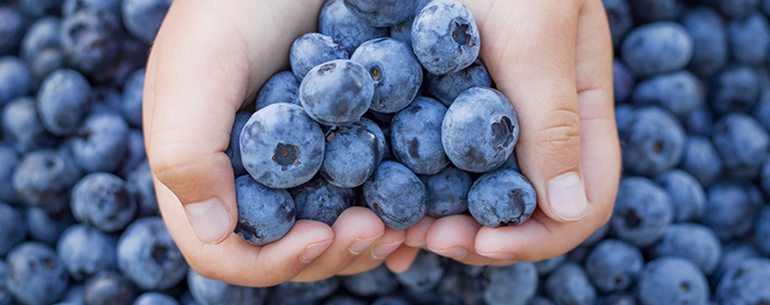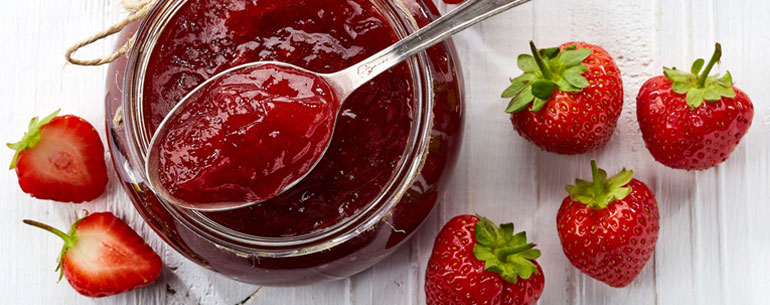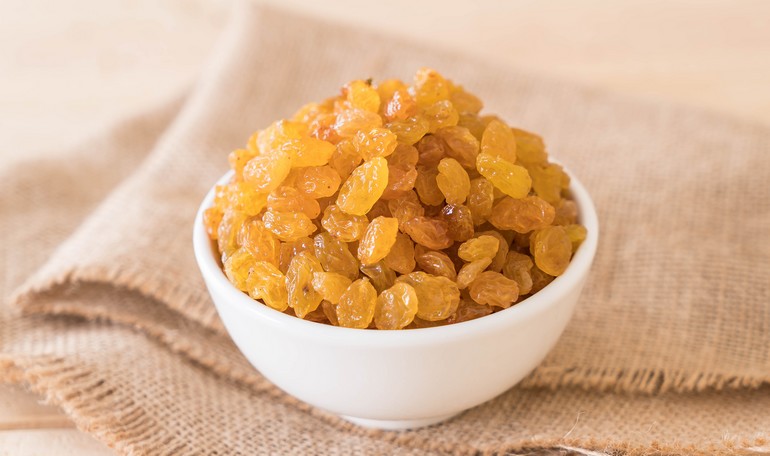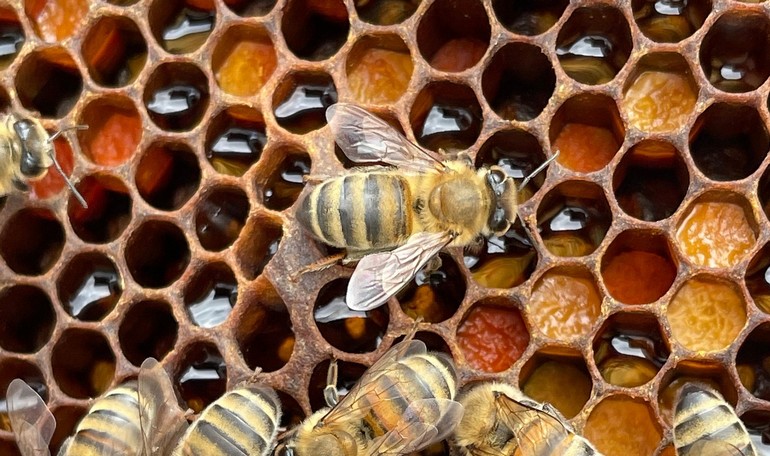The word from the nutritionist
Mid-morning snack? Of course I do!
The snacks have never been so fashionable as in the recent times. They are recommend by everyone from doctors to dietitians, from newspapers to specialized magazines. But are they really so useful?

Follow a healthy diet means splitting the food taken daily in 5 meals, 3 main (breakfast, lunch and dinner) and 2 snacks, each of which should make about 10% of daily calories.
What are the objectives of the snacks?
The goals are three. The first is to avoid getting too hungry at the next meal, and therefore not being able to control your calorie intake. The second is to avoid that the psychological and physical performance declines throughout the day, and this point is valid especially for those on a diet. The third objective is to integrate and complete the main meals with those foods that, for lack of time or desire, have not been consumed, for example, fruit.
How it should be the ideal snack?
Simple, healthy, low in fat, it makes the nutrients needed by our body: carbohydrates, lipids and proteins. It is necessary to introduce energy sources quick to use (simple sugars) that are found in fruits, honey or jam, and these we have to add complex carbohydrates with slower absorption (contained in bread, biscuits and cereals).
The fresh fruit is very indicated and it can be consumed even in the form of juice or centrifuged. A good alternative is dried fruit: three or four nuts, eight to ten almonds, bring elements very useful for the organism (such as unsaturated and polyunsaturated fatty acids), but no more because this type of food is very calorie. Even raw vegetables is a perfect snack such as carrots, cherry tomatoes or celery. Are valuable sources of vitamins, minerals, antioxidants, fiber and water.
It is also important not to forget to drink between meals: the most recommended drink is the natural water, but if you want you can also chose fine brews and tea, perhaps green or bancha.
Published 14 March 2017





